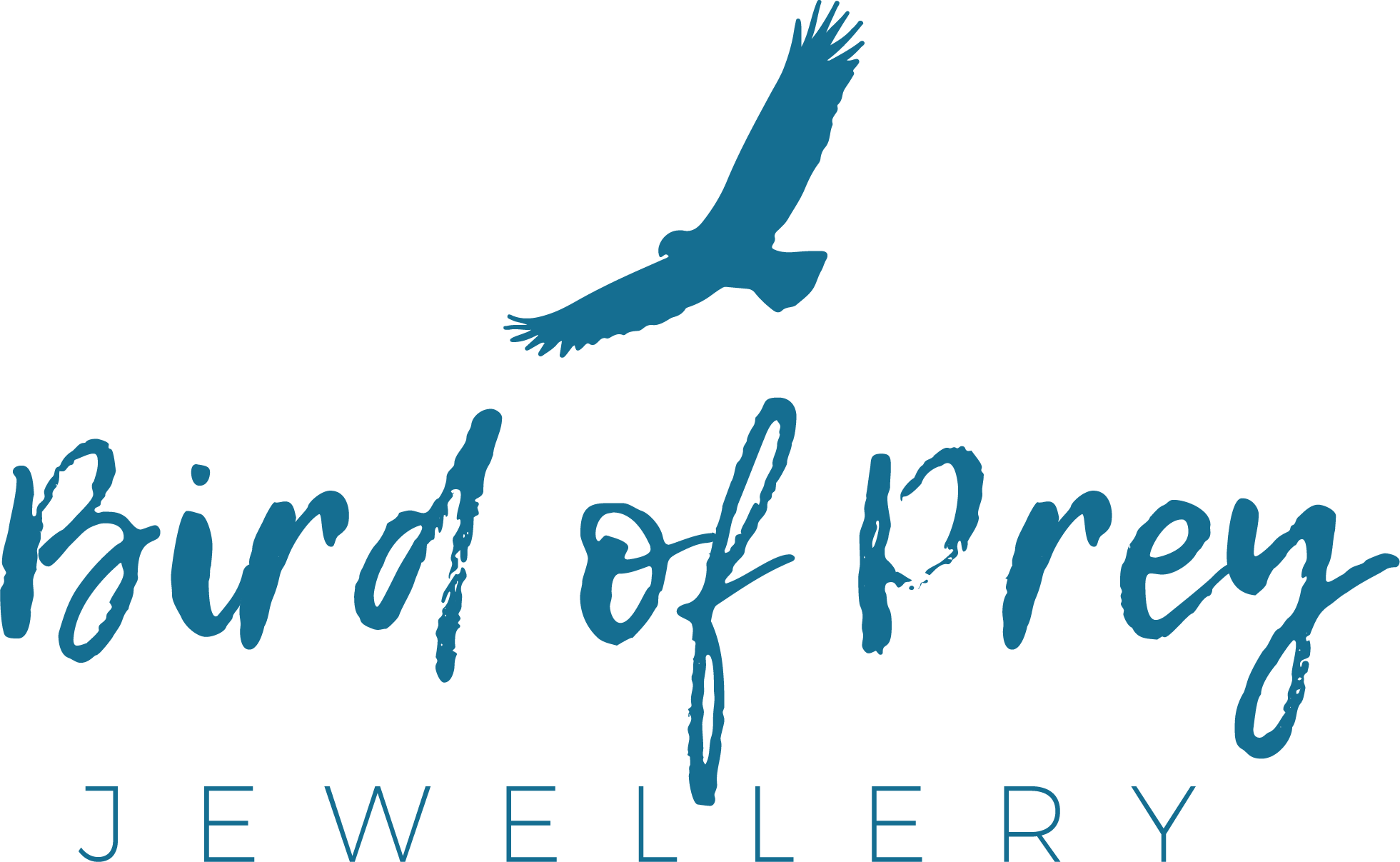Oh My Precious!
Exploring the world of gemstones and precious metals.
Today I share information about the materials used in the creation of the Island-kind jewellery collection. Where the materials are sourced and how were they incorporated throughout history. And just for fun, what are the spiritual associations?
People frequently comment on the collection - how they love the colour combination of turquoise, the hand-carved bone details, the soft pink rose quartz, the playful tassels and pom-poms.
TURQUOISE
The mineral that gives turquoise its popular colour is hydrated copper aluminium sulphate. It appears in differing shades of blue-green from different geographical origins - Afghanistan, Australia, the Middle East and the USA, the higher grades being more expensive.
Turquoise was mined originally in what we now call Iran around 6000 BC and used in jewellery, furniture and interiors. Its popularity saw it spread across the region to India where it even features in the Taj Mahal.
The Aztecs used turquoise set with jet, jade, gold and malachite. Native American Indians traded duck-egg blue, and deeper shades of American turquoise and turquoise is still used in traditional jewellery today.
Ancient Egyptians used turquoise extensively for jewellery and sacred carved beetles. The Chinese have also been carving turquoise for over 300 years.
Turquoise is the December birthstone and links to the zodiac sign of Sagittarius.
I use magnesite turquoise occasionally as the wonderfully amorphous nuggets are less expensive than natural, straight out of the ground pieces. Magnesite-turquoise is a natural stone, dyed to look like genuine turquoise.
Claimed emotional/healing uses:
- used for personal protection and amulets
- facilitates communication from the higher self
- eases depression and negativity
- boosts immunity
Sunstone is a feldspar mineral made from sodium calcium aluminium silicate and hematite - related to moonstone for its light-reflecting properties. Orange, high-grade sunstone is sparklier than lower grade and is usually polished to set off its sparkliness. I've used sunstone in the polished form for the Capri Bracelets.
For hundreds of years Norway has been the primary source of sunstone - other sources include Canada, Russia, Sweden and the USA - the sunstone used in the Island-kind range hails from India.
Sunstone is the crystal linked to the zodiac sign of Leo.
Claimed emotional/healing uses:
- to ease anxiety and clear negativity
- eases rheumatism, aches and pains
- enables communication
Super popular rose quartz takes its colour from manganese or titanium, varying from deep pink to pale, mostly pale with some translucence.
Rose quartz in large clusters are sourced from Brazil, India, Madagascar and the USA.
Rose quartz is the January birthstone and links to the zodiac sign of Pisces.
I used rose quartz for the Capri Choker on a gold-filled choker-length chain, for the crystal to sit just above the heart.
Claimed emotional/healing uses:
- bathes the wearer in healing love
- eases emotional stress and anxiety
- is said to increase fertility
BONE
One of our earliest adornments, animal bone, along with teeth, shells, carved wood and stone, has been used for decorative ornamentation and religious ceremonies from the dawn of time.
Carefully carved bone became an art form by skilled artisans. Modern machinery takes the hard grind, (pun intended), out of creating the pieces we see on the market today. Skilled craftspeople use traditional techniques combined with the latest equipment to create beads and shapes, which can then be dyed and set. Indonesia produces the bulk of the material on the market today.
Our bone components and pendants are water buffalo bone or ox bone, carved by hand in India or Indonesia. Our suppliers have assured us that there were no animals harmed for these jewellery-making supplies; the bone used is from animals that died of natural causes or as a way to utilize "the rest of" an animal rather than wasting the bone, upcycled from the food industry.
These beads and pendants are beautiful for handmade jewellery, but please be aware that all hand-carved items vary in size, colour, pattern and quantity per strand.
CUBIC ZIRCONIA
An ethical, man-made gemstone, cubic zirconias are synthetic. But like diamonds and natural zircons, cubic zirconias have a high refractive index, i.e. are super sparkly! The colours are created with the addition of coloured oxides. The pieces are then cut into the faceted gemstone shapes used in jewellery design today.
For fashion jewellery available in Gisborne and online, check out the luminously sparkly crystal colours of the Martinique Stud Earrings in the online store.
THE TERM GOLD-FILLED
Not exactly a material, more of a process. Gold fill, otherwise known as gold overlay or rolled gold, is created by using heat and pressure to apply a very thick layer of gold to a base of less costly metal, producing a surface with karat gold.
The minimum layer of karat gold must equal at least 1/20 of the total weight of the item. This layer of gold is 17 to 25,000 times thicker than the layer of gold on gold plated jewellery, so is therefore, more durable. This layer is usually 10 karat, 12 karat or as used in the Island-kind Martinique Stud Earrings and Capri Choker, 14 karat.
Look out for more on the materials I use in my next blog.
References:
Crystals - Jennie Harding



